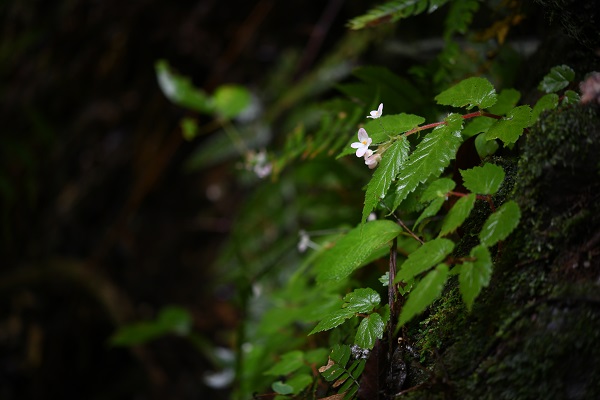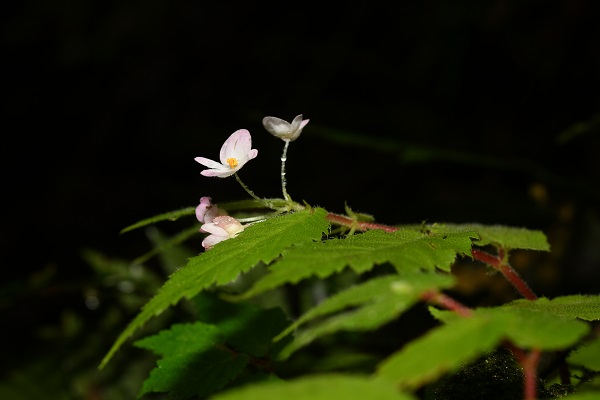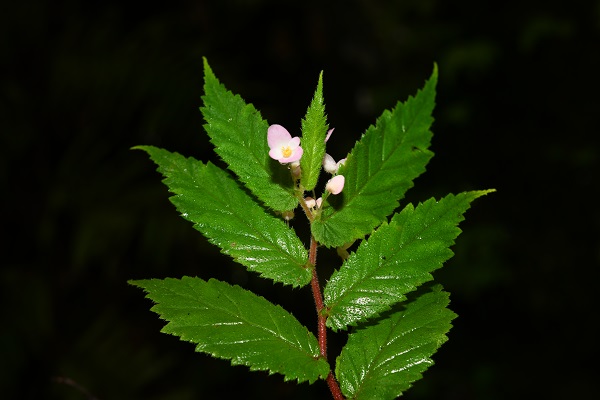Begonia is the sixth largest genus of angiosperms and the number of accepted species of Begonia currently reaches more than1991 species. In China, about 221 species have been recorded according to the Flora of China.
During the botanical surveys from 2019 to 2020 in Yunnan, researchers from Xishuangbanna Tropical Botanical Garden (XTBG) collected an unknown Begonia species.
After careful taxonomical studies of the genus, and comparison of this unknown species with similar species, the researchers confirmed that it is a new species of Begonia. They named it as Begonia depingiana and got it published in Phytotaxa.
Begonia depingiana has tuberous habit, alternate leaves, 3 stigmas, 3-locular ovary and bifid placenta. It is similar to B. namkadingensis in its tuberous habit, and tepal number of the male and female flower, but significantly differs by its more stamens, 3 stigmas, and 3-locular ovary.
Begonia depingiana also resembles B. pellionioides in having pinnate leaf venation, but differs by its shorter plant, tuberous rootstock, and densely pinkish-white ciliate ovary
Begonia depingiana is endemic to Jinggu County, Yunnan Province. It was found on rocky slope, in coniferous and broad-leaved mixed forest at about 1200 m in elevation. It is currently known at the type locality.
Thousands of individuals have been found, but this area remains outside of protected areas. The habitat is close to the road and vulnerable to disturbance by human activity, and it might be lost and disappeared by road construction in the following years. It also could be threatened due to over collecting by plant hunters using as ornamental plants. Therefore, its conservation status may be Critically Endangered (CR) in the future.
Contact
TAN Yunhong Principal Investigator
Center for Integrative Conservation, Xishuangbanna Tropical Botanical Garden, Chinese Academy of Sciences, Menglun, Mengla, Yunnan 666303, China
E-mail: tyh@xtbg.org.cn

Habitat of Begonia depingiana . (Image by DING Hongbo)

Begonia depingiana. (Image by DING Hongbo)

Begonia depingiana . (Image by DING Hongbo)



